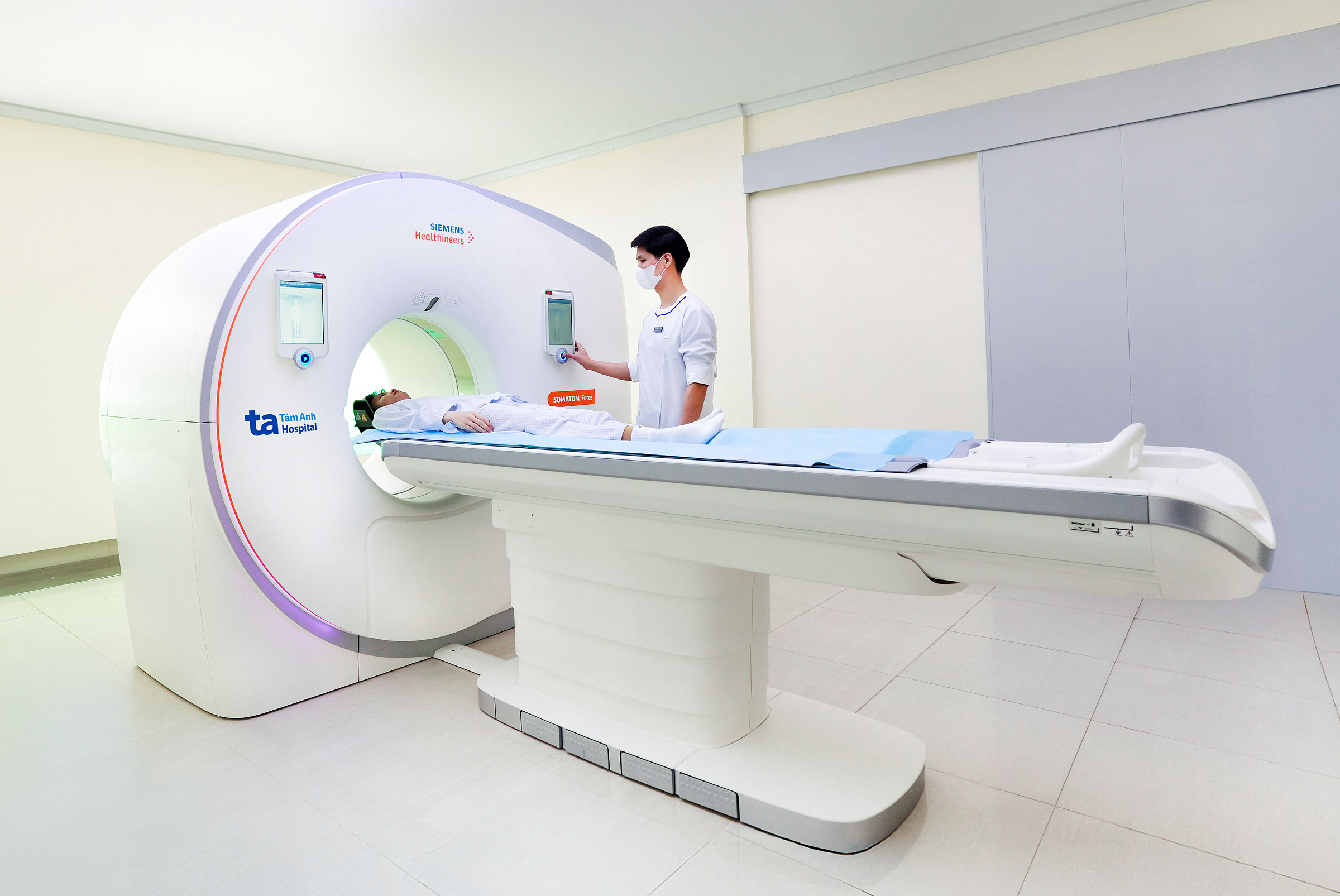Answer:
A lung abscess is a localized infection within lung tissue, often following acute infections like pneumonia or septic pulmonary embolism. This infection causes lung tissue to die, forming a pus-filled cavity containing pus, dead white blood cells, and infectious microorganisms. This serious lung infection can lead to complications such as bronchiectasis, meningitis, severe coughing up of blood, organ failure, and even death.
While lung abscesses can occur at any age, certain groups are at higher risk. These include individuals with chest injuries, those who have undergone intubation, tracheostomy, or mechanical ventilation, and people recovering from ear, nose, and throat or dental surgery. People with chronic conditions like diabetes, chronic obstructive pulmonary disease (COPD), and bronchiectasis are also more susceptible. Additional risk factors include the use of corticosteroids or immunosuppressants, and regular alcohol consumption or smoking.
Lung abscesses are dangerous, but with prompt diagnosis and treatment, the prognosis is generally good, with a full recovery possible after a period of healing, potentially leaving lung scarring. Doctors can diagnose the condition and determine appropriate treatment through various methods, including blood tests, sputum or pus analysis, X-rays or CT scans, and bronchoscopy.
 |
A patient undergoes a CT scan to check for lung damage. Photo: Tam Anh Hospital |
A patient undergoes a CT scan to check for lung damage. Photo: Tam Anh Hospital
As your father is currently undergoing treatment, it's crucial to monitor his condition closely, following the doctor's advice. Various treatment approaches exist for lung abscesses, depending on the patient's specific condition and the extent of lung tissue damage. Medical treatment typically lasts 4-6 weeks. Therefore, patient cooperation and adherence to the prescribed treatment plan are essential for the best outcome.
In addition to medical treatment, doctors may recommend drainage of the abscess. In severe cases, chest surgery may be necessary. Supportive therapies are also often prescribed to maintain the patient's overall health. These can include dietary adjustments, maintaining fluid and electrolyte balance, managing pain and fever, and oxygen therapy.
Dr. Nguyen Quang Doi
Deputy Head of Respiratory Department
Tam Anh General Hospital, Ha Noi
| Readers can submit questions about respiratory diseases here for doctor's answers |












